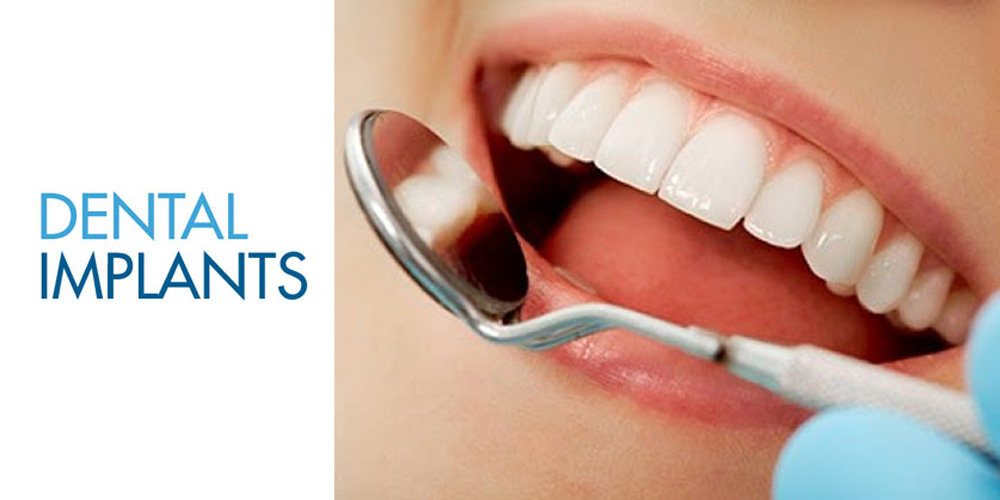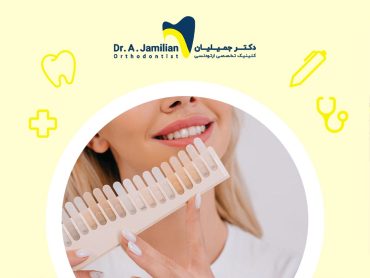Per-Ingvar Brånemark was a young Swedish researcher in the 1950s who had no interest in titanium or implants. He was trying to improve the global knowledge of the blood circulation anatomy when he suddenly realized that he was using an optical tool enclosed in machined titanium. This device was connected to a rabbit’s foot and lead him to use a modified light microscope to study and evaluate the microcirculations in the rabbit bone tissue. While removing the titanium component from the rabbit’s bone, Brånemark was surprised to see that the bone and titanium could not be separated.

In another study by Brånemark, about 20 students volunteered to have a titanium component implanted in their arms. After a few months, there was no sign of the rejection of titanium-enclosed optics. At that time, Brånemark changed his path to research the body’s ability to tolerate titanium.
Brånemark observed that the body could tolerate titanium, perhaps with no limitations, and decided to find out why. He discovered that he had to approach this research field from various perspectives. Brånemark understood that to fully understand osseointegration (a term that he had coined for transplanting titanium to live bone tissue), he needed access to experts in physics, chemistry, and biology. All doctors, dentists and biologists should have evaluated the mutual impact of bone and titanium under Brånemark’s supervision. With each other’s help, they created a precise and methodical method for implantation. At the same time, engineers explored the potential impact of implant designs on skeletal development and treatment.
Brånemark felt as if he was going against the flow. His findings regarding the body’s long-term tolerance of titanium and transplanting it with bones seemed nonsensical. Mid-1960s doctors and dentists still believed that an external and abiotic object could not be transplanted to bone tissue. They believed that the body would ultimately suffer from inflammation and reject the external object.
Previous implant attempts were unsuccessful and overall very challenging for patients. The scientific world questioned Brånemark’s research, in part due to the failure of others in the past, and also because of his simultaneous activities in multiple scientific fields.
The budget allocated by Sweden’s research organizations was depleted. He failed repeatedly in his request for renewing the budget allocated for research and evaluation of tissue implants, but resisted until the United States National Institute of Health finally stepped forward and financed his research about dental implants. This enabled Brånemark to repeatedly prove his claims as well as the viability of osseointegration. It did, however, take Sweden’s National Board of Health and Welfare until the mid-1970s to recognize Brånemark’s medical approach.
After a long period of illness, professor Per-Ingvar Brånemark passed away in his birthplace, Gothenburg, Sweden. Without Per-Ingvar Brånemark’s efforts, the world would have still awaited the introduction of the titanium implant. Brånemark’s mid-twentieth century observations that the human body is not only tolerant of titanium, but that it can be transplanted to live tissue (in controlled conditions), revolutionized dentistry as well as orthopedic and maxillofacial rehabilitation. The innovative skeletal recovery solutions inspired by his initial scientific insights have improved the life quality for millions of people around the world.
The First Dental Implant
In 1965, a Swedish man called Gustav Larsson became the first volunteer for professor Brånemark’s dental implant. Brånemark used a very accurate method devised by his research group for showing the most important live bone tissue, and placed a series of titanium implants in Larsson’s gum that he held until death.
This patient suffered from maxillofacial birth defects and the four implants that were performed on his gum in one day meant connecting a new set of teeth to his jaw. For the first time in his life, Larsson could eat food and talk normally. When Larsson passed away in 2006, his implants had worked flawlessly as a foundation for oral prosthetics for 40 years. Since then, over 10 million people in Sweden and elsewhere benefited from implants and Per-Ingvar Brånemark’s discovery in osseointegration.
Some research teams inspired by Brånemark are currently focused on better understanding the interaction between treatment procedures and the immune system. Others have worked in the surface and chemical structure of the titanium implant to be able to manage the implant’s surface features to some extent and provide a better chance of quick recovery for the immune system.
With the increasing number of patients from around the world who have undergone successful implant therapy, there are still centers that scientifically evaluate new and reliable implant component designs to make sure that they have the highest possible safety standards. Per-Ingvar Brånemark’s most important legacy is the fact that some of the common curriculum of medical and dental universities currently include the use of bone-compatible implants. His determination to learn in order constantly advance his professional life was clear and manifested in his numerous statements.
The Founder of Implantation in Iran
Hand on heart, the knowledge of Iranian masters in all aspects of dentistry (including orthodontics and implantology) is on par with the international level. The first implant treatment and recovery department was established in the Medical Faculty of the University of Tehran at almost the same time that advanced countries began treatments for masticatory system recovery, which was inaugurated by professor Lekholm, professor Brånemark’s assistant, and the chief of the Brånemark implant department in Gothenburg, Sweden. This initiated the increasing familiarity with this new technology on an academic level. Without exaggeration, scientific advancements today, especially in dentistry and its relevant technologies, have advanced with a daily pace, and doctors and related professions need to align their knowledge with such advancements.
The most important method of teaching and transferring modern knowledge to professionals is to hold conferences and represent modern scientific thinking in journals and professional media. This need has led to an unimaginable advancement in scientific and media activities in the international dentistry society.
Dentistry, and specifically modern implantology within its scientific framework, have led to scientific and technological transformations (perhaps more than other fields). For example, without exaggeration, introducing implantology to recover the masticatory system and natural beauty as implemented by professor Ingvar Brånemark can be considered a miraculous transformation of the century.
Why do some implant treatments fail?
The following points should be considered to prevent marginal bone loss:
Inflammation/infection combined with marginal bone loss is a symptom of peri-implantitis, which was explained by Albrektsson and Isidor, and has repeatedly been discussed as a reason for implant removal.
It is not clear, however, whether in such cases peri-implantitis is the main reason for implant problems or a secondary cause of problems such as micro bone fractures or micro movements.
One should therefore distinguish between primary and secondary peri-implantitis. There are many reasons for analyzing the bone adjacent to oral implants which are not necessarily related to the primary infection or overloading, but to the tool used (including the implant itself), clinical manipulation, and various factors related to patients or reactions of external objects.
In other words, the implant should be used by experienced surgeons and prosthodontics in order to avoid or minimize marginal bone loss in patients with good bones and no bruxism or smoking.
We have found no clear evidence regarding the existence of primary peri-implantitis as the only factor for marginal bone loss.
Also, no evidence has been found on the sole effect of overloading on marginal bone loss.
Conclusion:
- There is clear technical evidence that a combination of factors (implant hardware, clinician skills, and patient conditions) can lead to marginal bone as well as implant loss.
- Combined operational factors, microfractures and other skeletal damages could also be the mechanism for creating inflammation followed by bone loss.
- We found no evidence in these evaluations pointing to the primary infection as the bone loss factor.
- In conditions that can be called secondary peri-implantitis, there is evidence that the main marginal bone loss factors other than infection (e.g. hybrid factors) can expose the implant’s surrounding tissues to infection and endanger the clinical status.
- With the information obtained, it’s not possible to prove that overloading never causes marginal bone loss around the implant, but likewise no reasons were found for overloading to be the sole factor contributing to marginal bone loss around the implant. Since overloading is relative, damaging strain between the implant surface and the bone is a better term.
- Reactions from non-infectious external objects (for example in relation to the accumulation of cement particles in soft tissue) can lead to marginal bone loss and even secondary peri-implantitis in combination with other factors.







